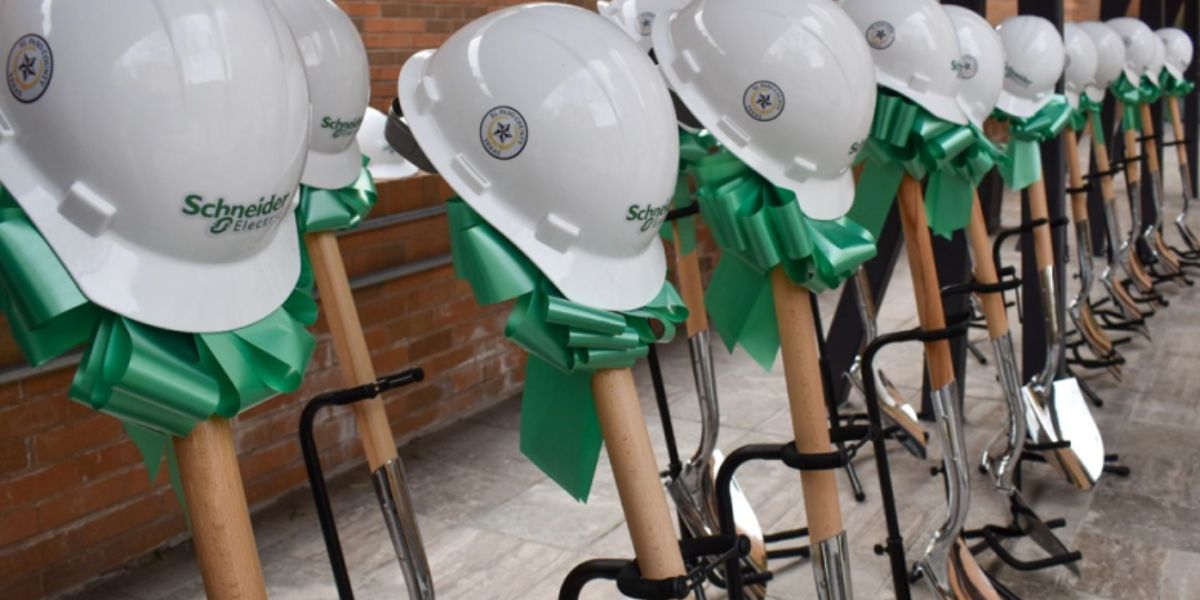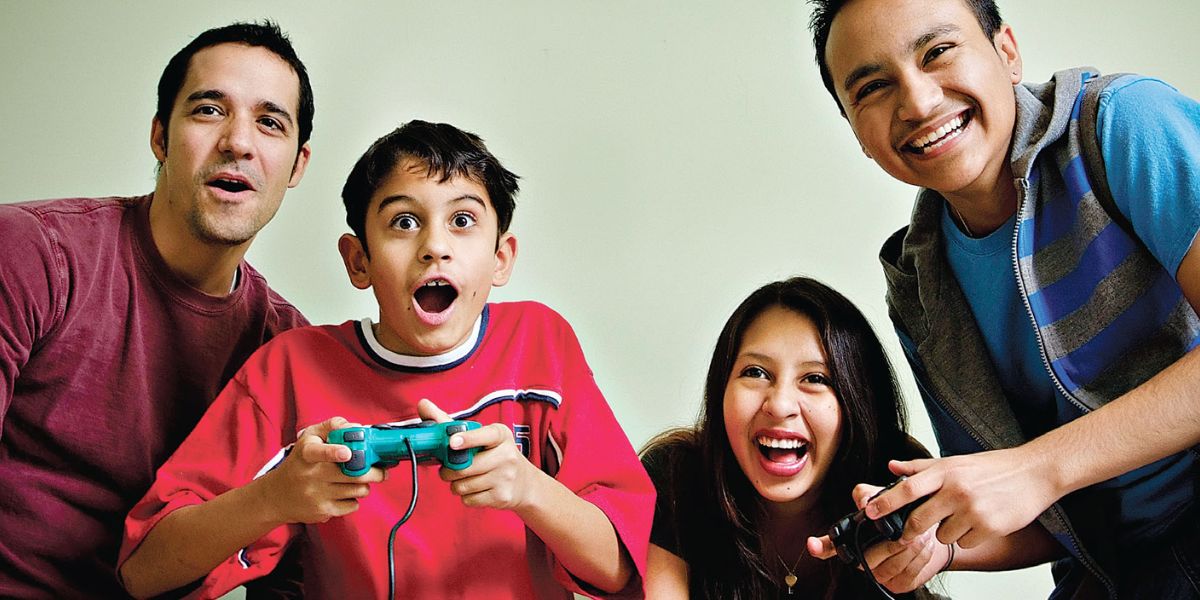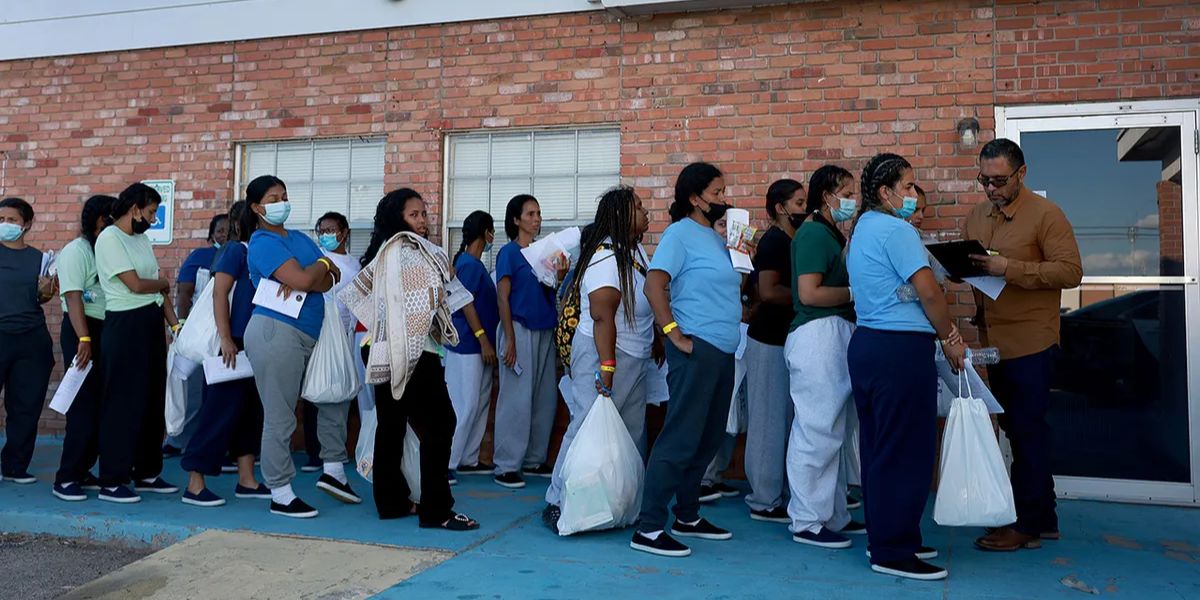El Paso, TX – In schools across El Paso, something remarkable is happening. Instead of conflicts leading to detentions or suspensions, students are learning to sit down, talk, and find solutions together. This shift is being driven by peer mediation programs — a powerful tool that teaches young people how to resolve disputes respectfully, listen actively, and take responsibility for their actions.
A New Way to Handle Conflict
For decades, school discipline relied heavily on punishment. But educators and community leaders in El Paso are embracing a new approach: teaching communication, not control. Peer mediation gives students the skills and confidence to resolve disputes on their own, turning conflict into a learning experience instead of a punishment cycle.
Table of Contents
As Daniela Ramos, a certified mediator and violence prevention strategist in El Paso, explains:
“Peer mediation teaches empathy and responsibility. It empowers students to handle disagreements the same way adults should — through dialogue, not aggression.”
Students volunteer or are nominated to become peer mediators, receiving specialized training in listening, neutrality, and problem-solving. They then help classmates address issues like gossip, bullying, friendship misunderstandings, and classroom conflicts — all before they escalate.
How Peer Mediation Works
The process is simple but powerful. When a dispute arises, both students meet with a trained peer mediator in a calm setting, such as a counselor’s office or mediation room. The mediator guides them through structured steps:
- Each person tells their story without interruption.
- They identify shared feelings or goals — such as wanting to be respected or feel safe.
- They brainstorm solutions together until both sides agree on a resolution.
This approach doesn’t determine who’s “right” or “wrong.” Instead, it focuses on understanding perspectives and repairing relationships — key ingredients in reducing violence and building respect.
At schools like El Paso High and Ysleta Middle School, peer mediation programs have led to notable reductions in disciplinary referrals and fights. According to campus data, conflicts resolved through mediation are 80% less likely to recur, compared to those addressed through traditional discipline.
Building Emotional Intelligence and Leadership
Peer mediation is about more than conflict resolution — it’s about leadership development. Students who become mediators often describe gaining confidence, patience, and empathy. They learn to read emotions, stay calm under pressure, and think critically about fairness.
One student mediator shared,
“Before mediation, I’d just walk away angry. Now, I try to understand what the other person’s going through. It’s helped me in school, at home, and with friends.”
These skills translate beyond the classroom, preparing students to handle real-world challenges — from workplace disagreements to community activism.
A Ripple Effect in School Culture
When empathy becomes part of everyday school life, the results ripple outward. Teachers report fewer disruptions, students feel safer, and bullying incidents decline. More importantly, students begin modeling respect and accountability for one another.
Schools that integrate peer mediation with social and emotional learning (SEL) and restorative justice practices have seen lasting changes in behavior. These combined strategies create environments where students not only avoid conflict but actively work to build positive relationships.
As Ramos notes:
“When young people learn to mediate, they become role models. They shift the entire tone of the school — from punishment to partnership.”
Community Support and Collaboration
Peer mediation in El Paso thrives thanks to partnerships between schools, local nonprofits, and family services organizations. Groups like Project Vida and the El Paso Center for Children provide training, resources, and mentoring for student mediators.
Many schools also collaborate with local universities, where psychology and social work students assist in facilitating workshops. This network ensures that programs stay sustainable and culturally relevant, especially in bilingual and border communities.
Why Respect Matters
At its core, peer mediation is about building respect — not just between students, but within the community. By teaching young people to communicate through empathy and understanding, these programs help break cycles of aggression that can extend into adulthood.
Research from the National Association for Community Mediation shows that students who participate in peer mediation are more likely to become civic leaders and less likely to engage in violent behavior later in life.
“Respect starts with being heard,” Ramos says. “When youth learn to listen to each other, they’re learning the foundation of peace.”
The Future of Mediation in El Paso Schools
The growing success of peer mediation has inspired more schools in El Paso County to adopt it as part of their violence prevention strategy. Plans are underway to expand training programs, integrate mediation into curriculum, and host student-led peace summits that celebrate positive communication.
For many educators, the goal is simple: to ensure every student learns that conflict doesn’t have to divide — it can connect.
“Peer mediation reminds us that peace isn’t the absence of conflict,” Ramos adds. “It’s the ability to handle it with empathy, respect, and courage.”
What do you think?
Have you seen peer mediation or student-led conflict resolution programs work in your community? Share your thoughts or stories in the comments below and explore more youth peacebuilding initiatives at reachviolenceprevention.org.









